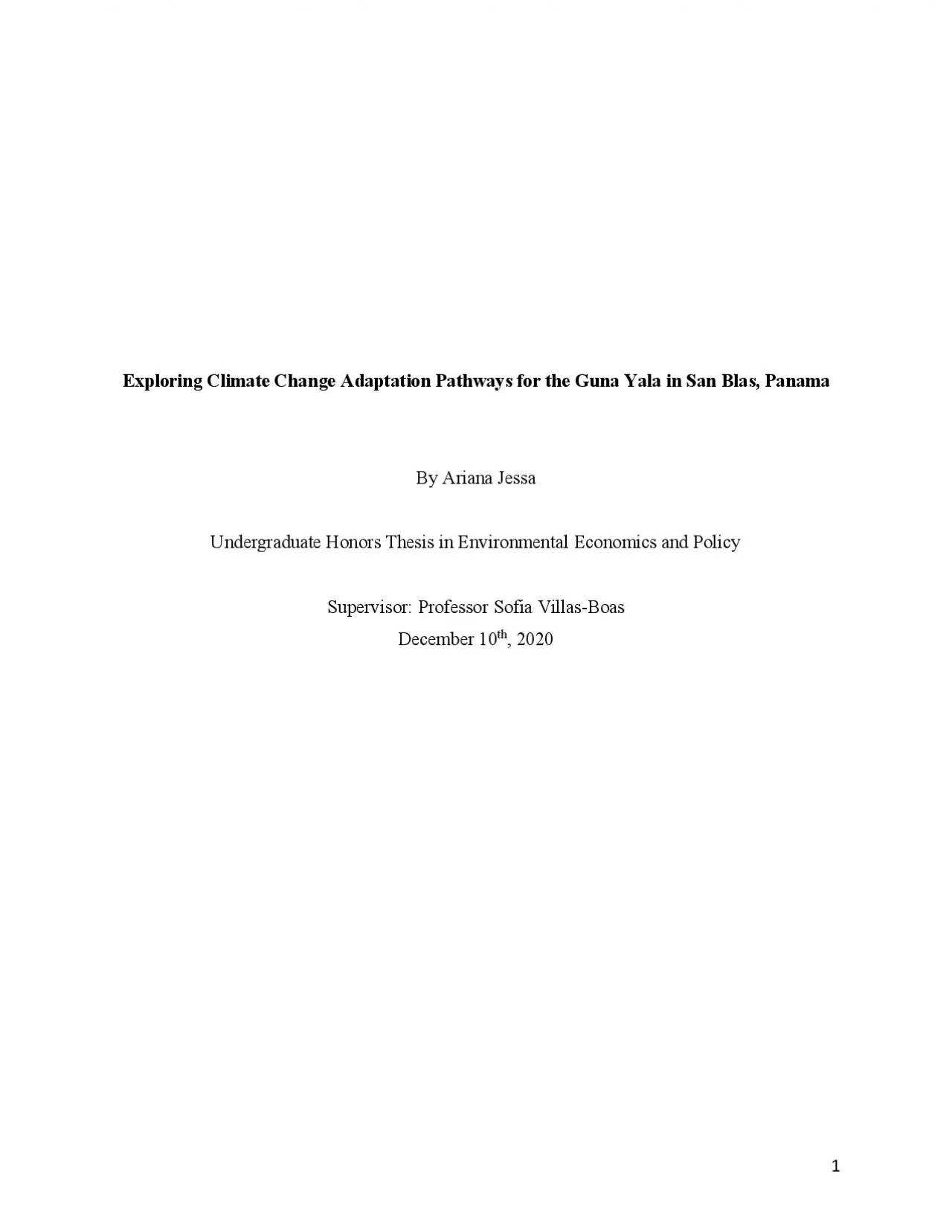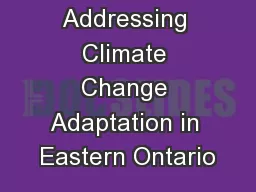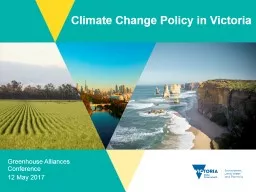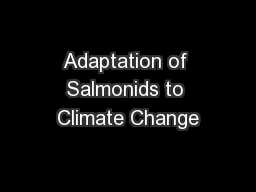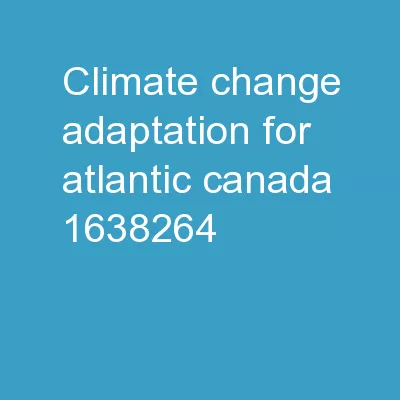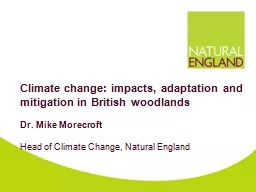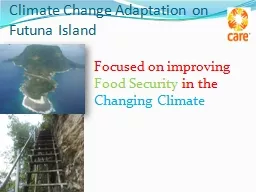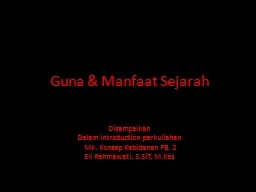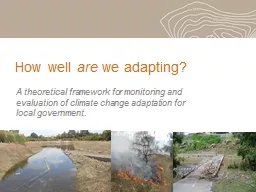PDF-Exploring Climate Change Adaptation Pathways for the Guna Yala in San
Author : obrien | Published Date : 2021-07-02
1 By Ariana Jessa Undergraduate Honors Thesis in Environmental Economics and Policy Supervisor Professor Sofia Villas Boas December 1 0 th 2020 2 Table o f Contents Abstract
Presentation Embed Code
Download Presentation
Download Presentation The PPT/PDF document "Exploring Climate Change Adaptation Path..." is the property of its rightful owner. Permission is granted to download and print the materials on this website for personal, non-commercial use only, and to display it on your personal computer provided you do not modify the materials and that you retain all copyright notices contained in the materials. By downloading content from our website, you accept the terms of this agreement.
Exploring Climate Change Adaptation Pathways for the Guna Yala in San: Transcript
Download Rules Of Document
"Exploring Climate Change Adaptation Pathways for the Guna Yala in San"The content belongs to its owner. You may download and print it for personal use, without modification, and keep all copyright notices. By downloading, you agree to these terms.
Related Documents

